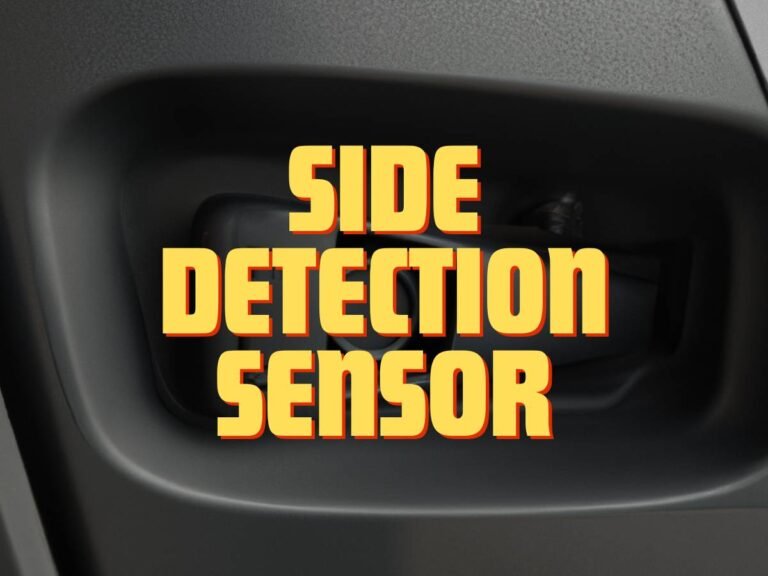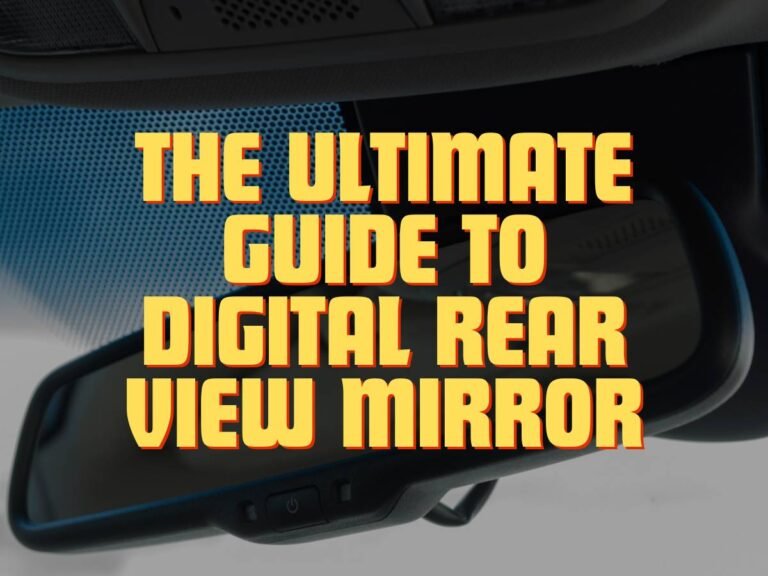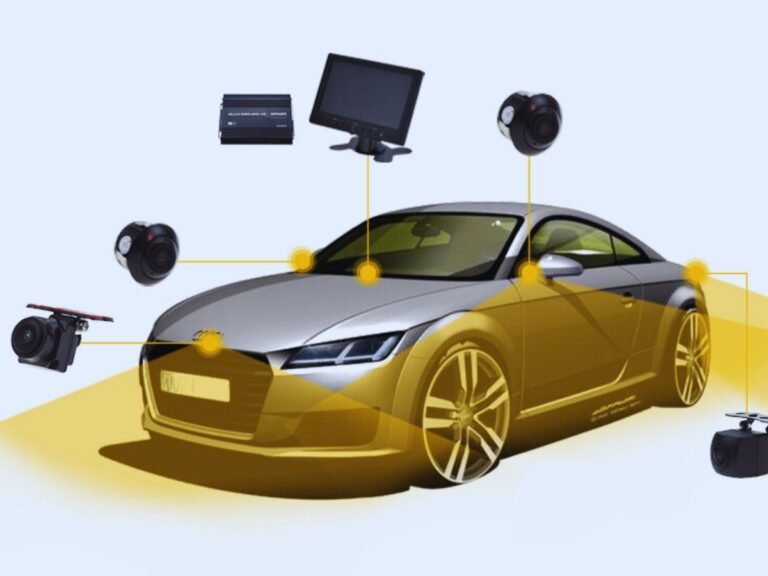How to Install a Rear-view Camera In Your Vehicle?
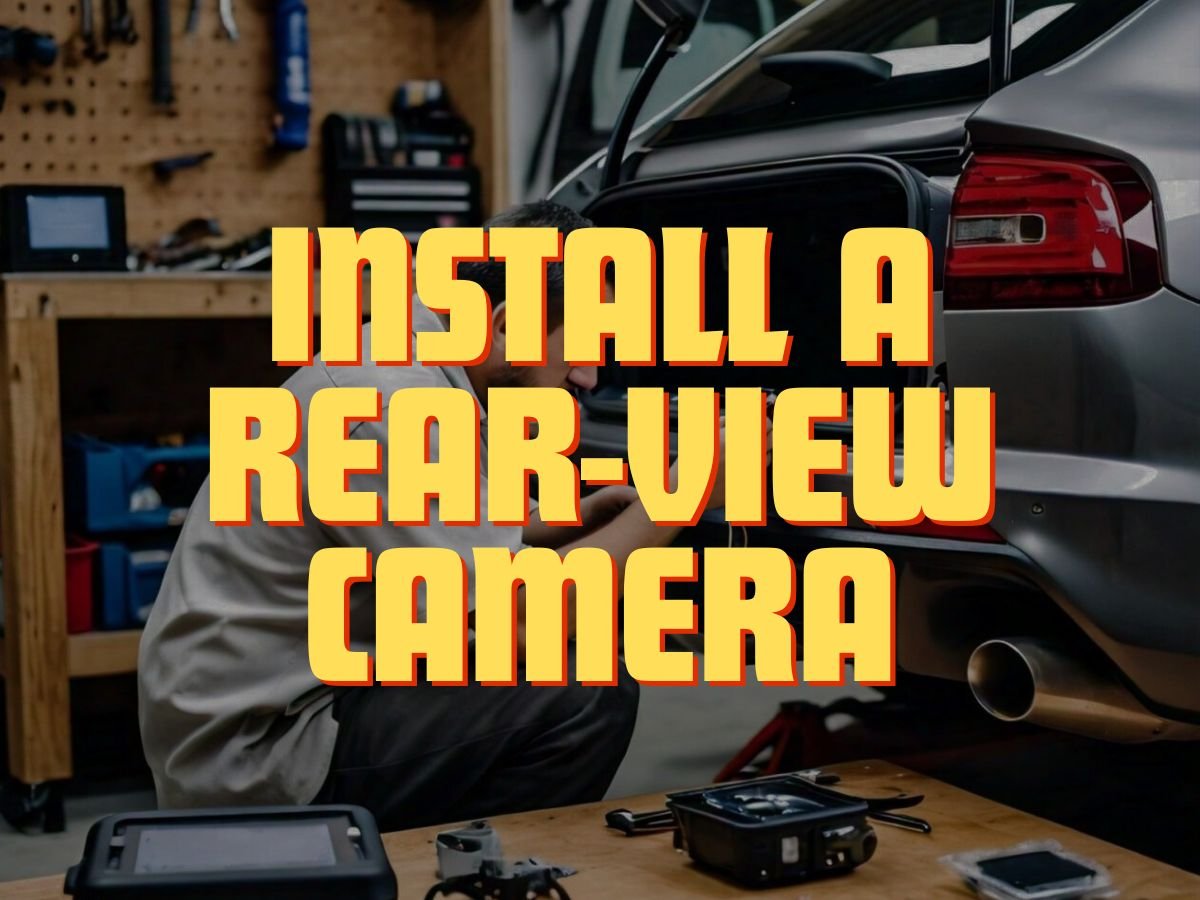
To install a rear-view camera in your vehicle, you will need to gather all components and understand the installation process from the product manual. Consider choosing a professional installation service if you don’t have the necessary technical experience. Alternatively, a DIY setup is suitable for tech-savvy drivers.
Are you looking to install a rear-view camera in your vehicle? Then, you must understand all its requirements beforehand. This guide will serve as your all-in-one solution to all rear-view camera installation needs. That said, let’s get into it!
Understanding the Types of Rear-View Camera
A rear-view camera is a specialized camera system designed to provide drivers with a clear view of the area behind their vehicle. Generally, it activates automatically when backing up. That is why it is often called a backup camera or reversing camera.
Usually, these cameras are mounted on the rear of the vehicle and provide real-time video footage of the surroundings. You can catch this output video feed on a display screen inside the car.
By offering an enhanced view of blind spots and obstacles, rear-view cameras greatly improve safety and convenience. They are most useful in tight parking spaces and busy traffic situations that would otherwise cause accidents.
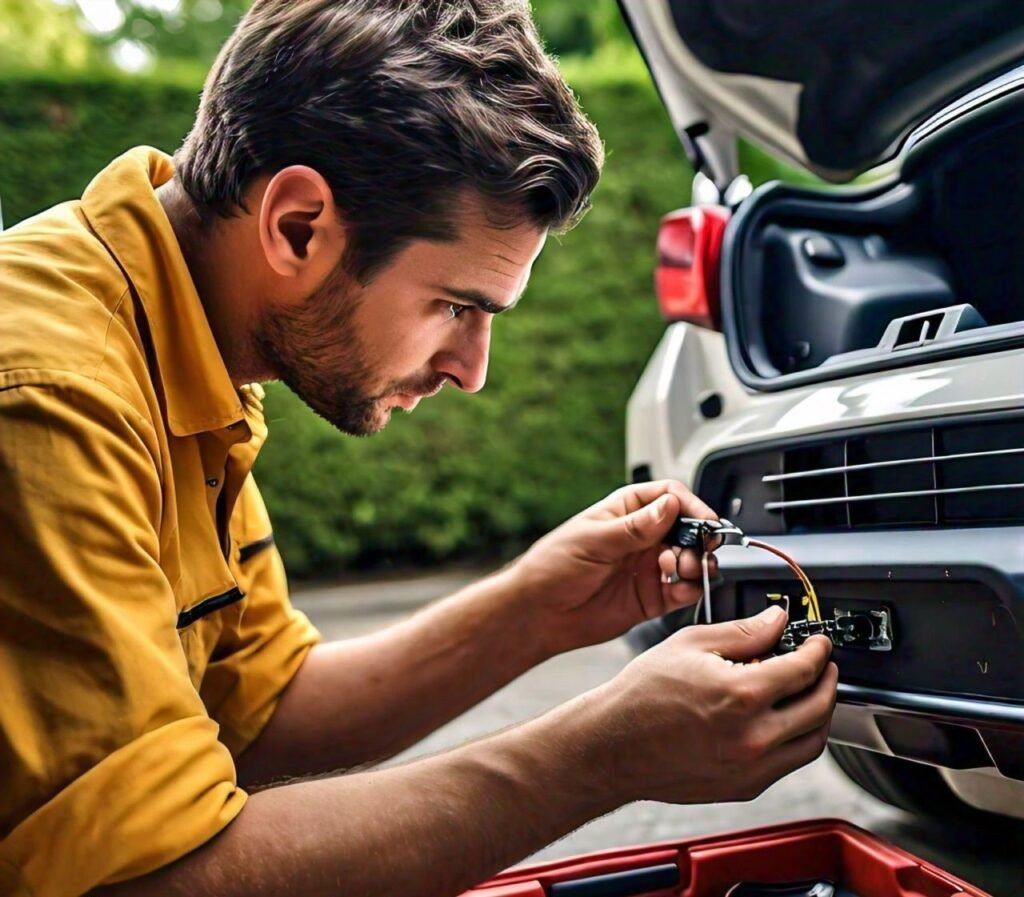
How Many Types of Rear-View Cameras Are There?
You can categorize the rear-view camera on different aspects. However, there are two primary types. Let’s look at both of them!
1. Wired Rear-View Cameras
Wired rear-view cameras are connected to the vehicle’s electrical system through physical wiring. These cameras typically offer a more stable and reliable connection compared to wireless options. Hence, they ensure minimal interference and lag in the video feed.
However, you may need professional assistance to install a rear-view camera with wired connections. That’s due to the need for routing cables through the vehicle’s interior. But once installed, they provide consistent performance without the risk of signal loss.
2. Wireless Rear-View Cameras
Wireless rear-view cameras transmit video signals from the camera to the display unit wirelessly. In short, they eliminate the need for physical cables. While wireless installation is often simpler and less invasive than wired setups, these cameras may be susceptible to signal interference from other electronic devices.
Other factors such as distance and obstructions can also affect their performance. However, wireless technology advancements have improved these cameras’ reliability and performance. Also, they are a popular choice for DIY enthusiasts and those seeking a hassle-free installation process.
Step-by-Step Process to Install a Rear-View Camera
Let’s start our step-by-step process to install a rear-view camera!
Setting Up the Components
Here’s how to set up all the various components of a rear-view camera:
- Mounting the Camera: Proper mounting of the rear-view camera is crucial for optimal performance. Choose a location on the rear of your vehicle that provides a clear view of the area behind it. Ensure the camera is securely mounted and angled correctly to capture the desired field of view without obstruction.
- Wiring the Camera: Follow the manufacturer’s instructions to route the camera’s wiring through the vehicle’s interior to the display unit. Secure the cables away from moving parts and potential sources of interference to maintain a reliable connection.
- Connecting to a Power Source: Identify a suitable power source for the rear-view camera, like the vehicle’s reverse light circuit. Connect the camera’s power cable to ensure it receives the necessary power to operate whenever the car is in reverse gear.
Testing the Rear-View Camera
Done installing the system? Follow the steps below for testing and calibration:
- Adjusting Camera Angle: After installing the camera, carefully adjust its angle to ensure it provides an optimal view of the rear surroundings. Test different angles to minimize blind spots and maximize visibility. Consider factors such as vehicle height and rear window layout.
- Testing Camera Functionality: Once the camera is installed and aligned, test its functionality by engaging the vehicle’s reverse gear. Verify that the camera displays a clear and accurate image on the display unit. Check for any issues such as poor image quality, distortion, or lag in the video feed.
3 Tips to Consider to Install a Rear-View Camera
Always consider the following 3 pro tips to install a rear-view camera:
Ensure Proper Wiring
Proper wiring is essential for the reliable operation of your rear-view camera system. Double-check all connections to ensure they are securely attached. Also, double-check to see if they are free from damage or fraying.
Use appropriate wire connectors and insulation to protect the wiring from moisture. Consider other environmental factors that could affect performance.
Securely Mount the Camera
Secure mounting of the camera is crucial to maintain its stability and alignment over time. Choose a mounting location that provides a clear view of the rear surroundings. But, also take into account that the camera remains securely in place, even during vehicle movement.
Use high-quality mounting hardware and follow the manufacturer’s instructions for proper installation. It will minimize the risk of the camera becoming dislodged or misaligned.
Test Before Finalizing Installation
Before finalizing the installation of your rear-view camera system, thoroughly test its functionality. It will help identify any issues or adjustments that may be necessary. Engage the vehicle’s reverse gear and verify that the camera provides a clear and accurate view of the display unit.
Test the camera from various angles and lighting conditions to ensure optimal performance in different scenarios. Address any issues or concerns before completing the installation to ensure a seamless experience.
FAQs
How do you install a rear-view camera?
First, start by mounting the camera at the rear part of your vehicle. Choose an optimal location that covers a decent area. Then, connect the camera to your car’s power source using cables or wireless connectivity.
Where can I get a rear-view camera installed?
You can contact the rear-view camera manufacturer to see if they offer installation services. Otherwise, local automotive professionals can also help install a rear-view camera in your vehicle.
Conclusion
It is a long-term and valuable investment to install a rear-view camera in your vehicle. It can help in dangerous scenarios, especially in tight spaces and busy traffic situations. Consider the installation process mentioned in this guide. It can help you get things ready quicker and without errors. If you feel any difficulty, consider going for professional installation rather than damaging any component!


